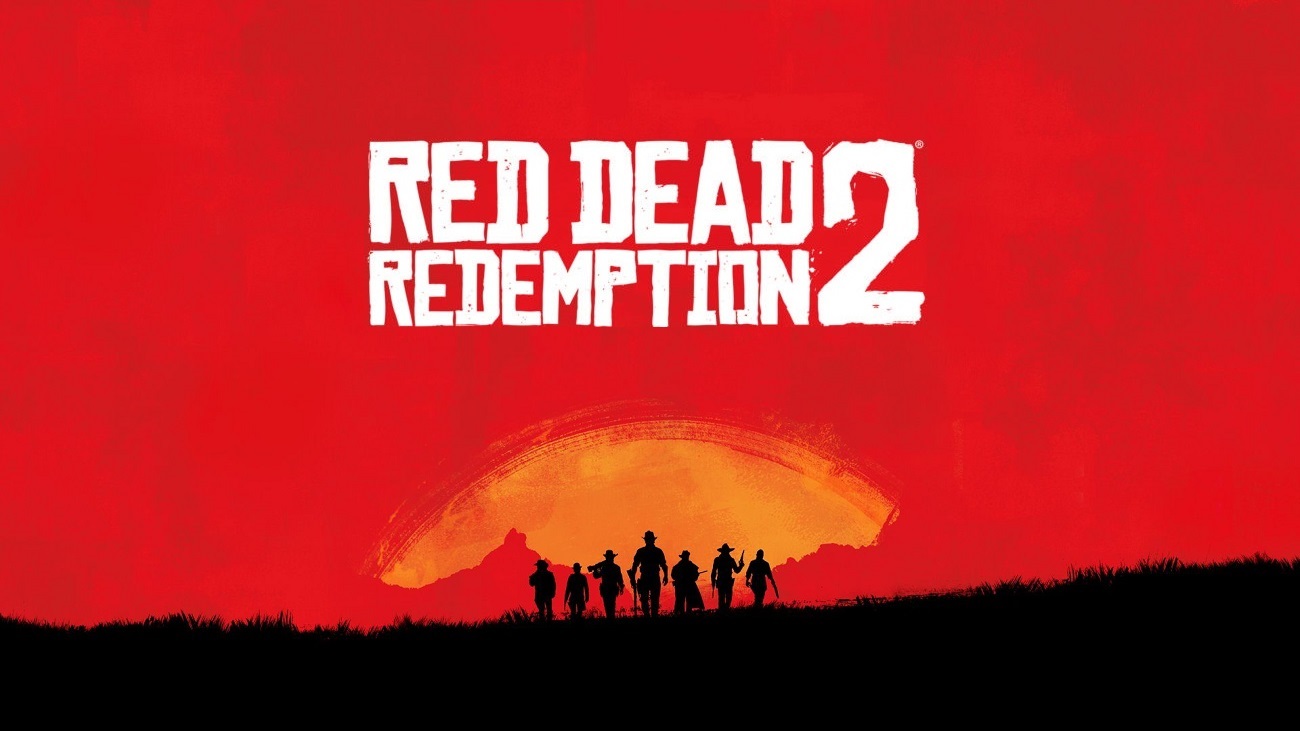Ray tracing in Red Dead Redemption 2? Sounds exciting, but don’t saddle up just yet. 
According to experts from Digital Foundry, adding ray tracing (RT) to Rockstar’s Wild West epic would be a serious technical challenge – far more complex than it was for Grand Theft Auto V.
The reason? Nature. Unlike GTAV’s urban sprawl packed with reflective glass and neon lights, RDR2 is a lush, diverse world filled with forests, muddy trails, and rustic settlements. The varied terrain and organic lighting make it harder to achieve noticeable visual gains from ray tracing – especially given the game’s already stunning lighting systems.
Digital Foundry notes that Rockstar could theoretically add some RT features, as the technology has been retrofitted into the Rage engine for GTAV. However, RDR2 uses an evolved version of that engine, with a completely overhauled rendering system, making it a different beast altogether. It’s not just a copy-paste job.
Still, not all hope is lost. If Rockstar ever decides to update the game for next-gen consoles, selective RT effects like ray-traced global illumination (RTGI) and ray-traced ambient occlusion (RTAO) could significantly enhance the atmosphere – especially during different times of day. Shadows, on the other hand, might not benefit much, as the existing system already delivers impressive results.
Realistically, though, the biggest fan wish isn’t flashy new lighting – it’s 60 FPS on consoles. And considering RDR2’s visual fidelity still rivals (or surpasses) modern releases, most players would gladly take smoother performance over RT bells and whistles.
For now, Red Dead Redemption 2 remains a visual masterpiece on PC, PlayStation 4, and Xbox One. Whether Rockstar chooses to push it further with ray tracing or simply boost performance, the world of Arthur Morgan still has plenty of life left in it.